Reine, Norway
Reine is a fishing village and the administrative centre of the municipality of Moskenes in Nordland county, Norway. It is located on the island of Moskenesøya in the Lofoten archipelago, above the Arctic Circle, about 300 kilometres (190 mi) southwest of the town of Tromsø. The 0.29-square-kilometre (72-acre) village has a population (2013) of 307. The population density is 1,059 inhabitants per square kilometre (2,740/sq mi). Reine Church is located here and it serves the northern part of the municipality.

Reine has been a commercial centre since 1743. Today tourism is important, and despite its remote location, many thousands of people visit annually. The village is situated on a promontory just off the European route E10 highway, which passes through the village. Reine is located immediately to the south of Sakrisoya and Hamnøya.
The largest weekly magazine in Norway (Allers) selected Reine as the most beautiful village in Norway in the late 1970s. A photograph over Reine from the mountain Reinebringen has been used for the front page of several tourist brochures and books.
Gruyères, Switzerland
Gruyères (French pronunciation: is a town in the district of Gruyère in the canton of Fribourg in Switzerland.) Its German name is Greyerz.
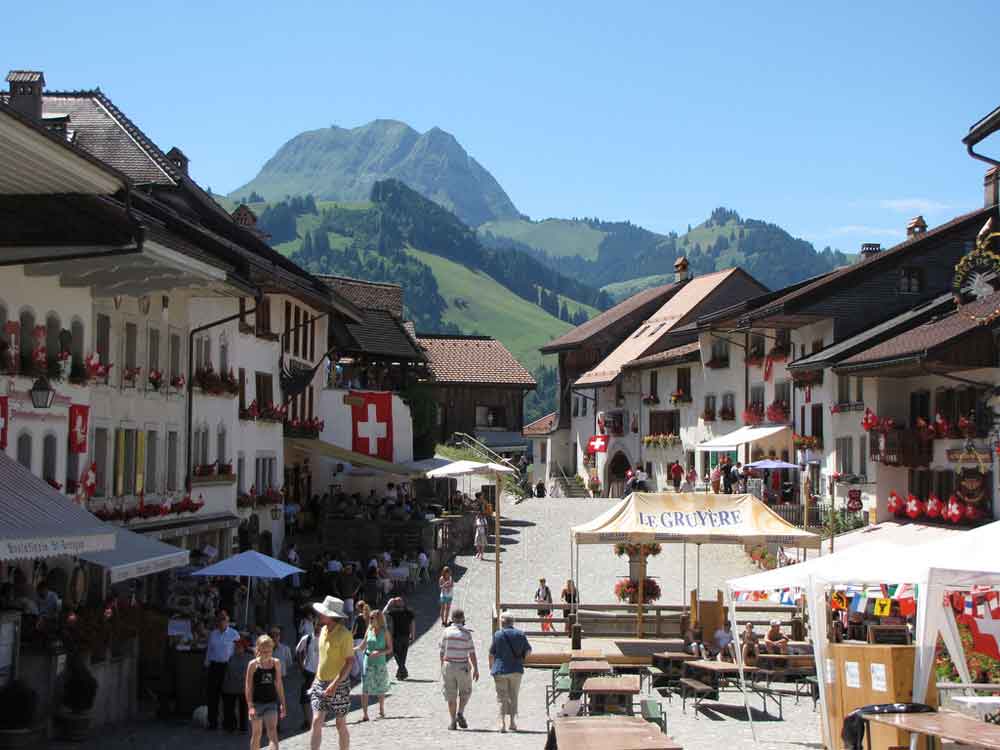
The medieval town is an important tourist location in the upper valley of the Saane river, and gives its name to the well-known Gruyère cheese. The medieval town is located at the top of 82 metre-high hill overlooking the Saane valley and the Lake of Gruyère.
Dinant, Belgium
Dinant is a Walloon city and municipality located on the River Meuse in the Belgian province of Namur. It is around 90 kilometres (56 mi) south-east of Brussels, 30 kilometres (19 mi) south-east of Charleroi, 30 kilometres (19 mi) south of Namur and 20 kilometres (12 mi) north of Givet (France).
The municipality includes the old communes of Anseremme, Bouvignes-sur-Meuse, Dréhance, Falmagne, Falmignoul, Foy-Notre-Dame, Furfooz, Lisogne, Sorinnes, and Thynes.
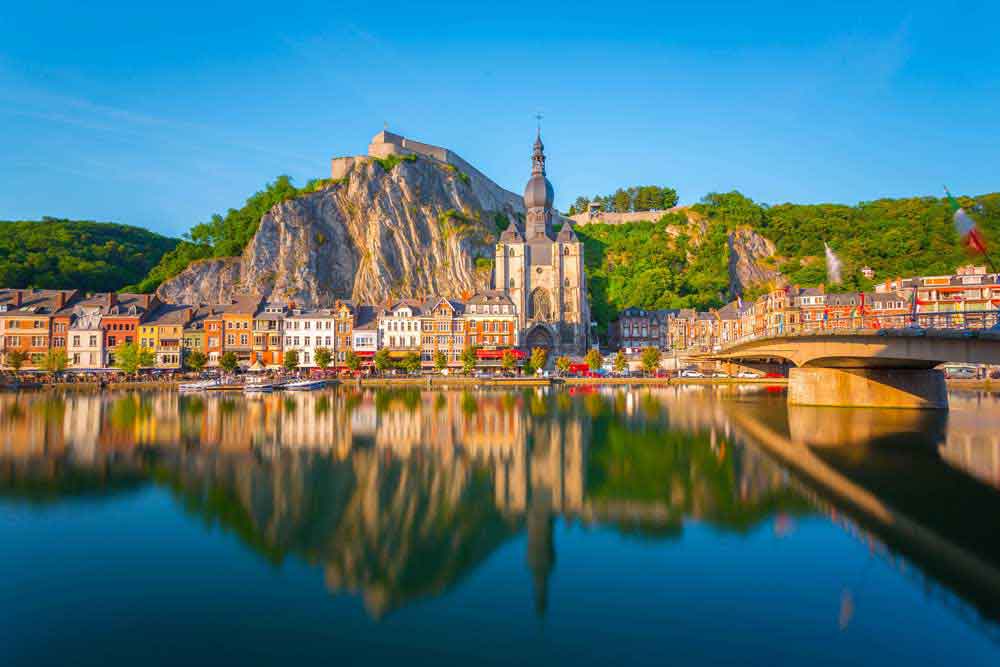
The name Dinant comes from the Celtic Divo-Nanto, meaning "Sacred Valley" or "Divine Valley"; it can also be translated as "Celestial Gorge" or "Luminous Gorge" (as in modern Welsh Nant Dwyfol).
The Dinant area was already populated in Neolithic, Celtic, and Roman times. The first mention of Dinant as a settlement dates from the 7th century, when Saint Perpete, bishop of Tongeren, which at the time had its capital in Maastricht, took Dinant as his residence and founded the church of Saint Vincent. In 870, Charles the Bald gave part of Dinant to be administered by the Count of Namur, the other part by the bishop of Tongeren, which was by that time based in Liège.
In the 11th century, the emperor Henry IV granted several rights over Dinant to the Prince-Bishop of Liège, including market and justice rights. From that time on, the city became one of the 23 ‘‘bonnes villes’’ (or principal cities) of the Prince-Bishopric of Liège. The first stone bridge on the Meuse and major repair to the castle, which had been built earlier, also date from the end of the 11th century. Throughout this period, and until the end of the 18th century, Dinant shared its history with its overlord Liège, sometimes rising in revolt against it, sometimes partaking in its victories and defeats, mostly against the neighbouring County of Namur.
Mostar, Bosnia & Herzegovina
Mostar is a city and municipality in southern Bosnia and Herzegovina. Inhabited by 113,169 people, it is the most important city in the Herzegovina region, its cultural capital, and the center of the Herzegovina-Neretva Canton of the Federation.
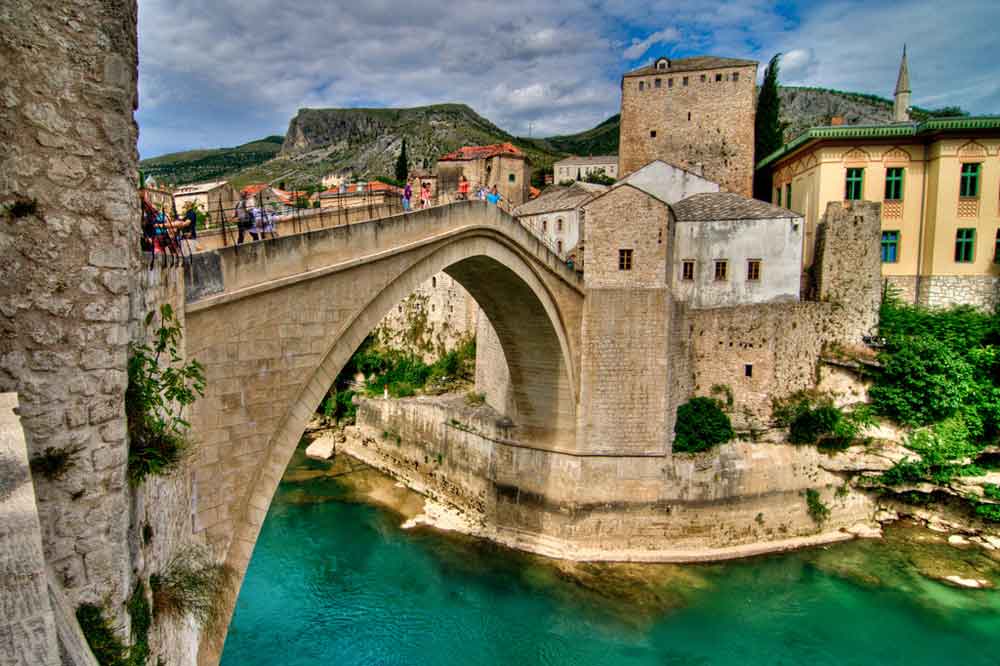
Mostar is situated on the Neretva River and is the fifth-largest city in the country. Mostar was named after the bridge keepers (mostari) who in the medieval times guarded the Stari Most (Old Bridge) over the Neretva. The Old Bridge, built by the Ottomans in the 16th century, is one of Bosnia and Herzegovina's most recognizable landmarks, and is considered one of the most exemplary pieces of Islamic architecture in the Balkans.
Mykonos, Greece
Mykonos is a Greek island, part of the Cyclades, lying between Tinos, Syros, Paros and Naxos. The island spans an area of 85.5 square kilometres (33.0 sq mi) and rises to an elevation of 341 metres (1,119 feet) at its highest point. There are 10,134 inhabitants (2011 census), most of whom live in the largest town, Mykonos, which lies on the west coast. The town is also known as Chora (i.e. the Town in Greek, following the common practice in Greece when the name of the island itself is the same as the name of the principal town).
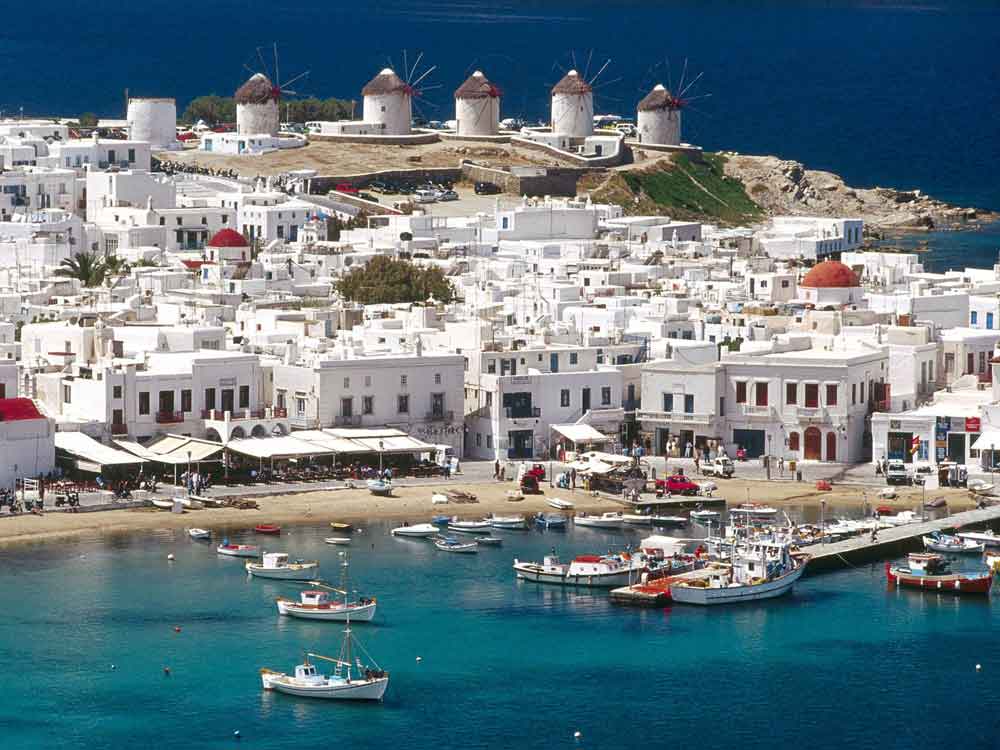
Mykonos' nickname is The island of the winds. Tourism is a major industry and Mykonos is well known for its vibrant nightlife and for being a gay-friendly destination with many establishments catering for the LGBT community.
Manarola, Italy
Manarola of Riomaggiore, in the province of La Spezia, Liguria, northern Italy. It is the second smallest of the famous Cinque Terre towns frequented by tourists.
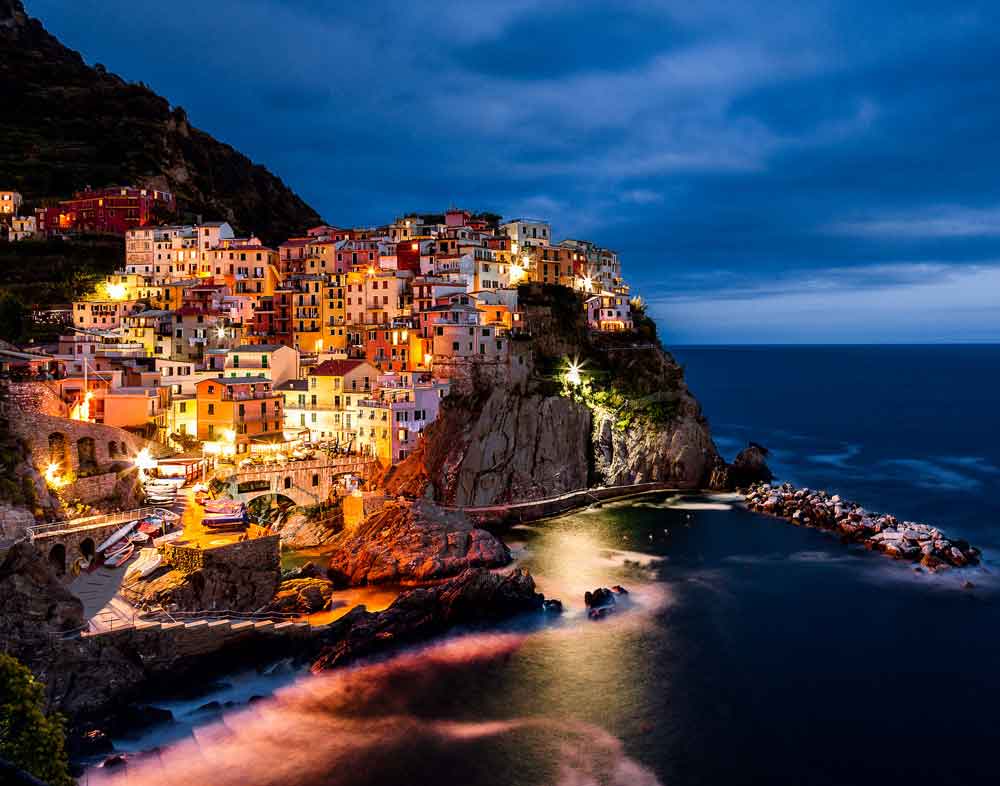
Manarola may be the oldest of the towns in the Cinque Terre, with the cornerstone of the church, San Lorenzo, dating from 1338. The local dialect is Manarolese, which is marginally different from the dialects in the nearby area. The name "Manarola" is probably a dialectical evolution of the Latin, "magna rota". In the Manarolese dialect this was changed to "magna roea" which means "large wheel", in reference to the mill wheel in the town.
Ljubljana, Slovenia
Ljubljana (pronounced [ljuˈbljàːna] ( listen),[4] locally also: [luˈblàːna]; also known by other alternative names) is the capital and largest city of Slovenia.[5][6] During antiquity, it was the site of a Roman city called Emona.[7] It was under Habsburg rule from the Middle Ages until the dissolution of the Austro-Hungarian Empire in 1918.
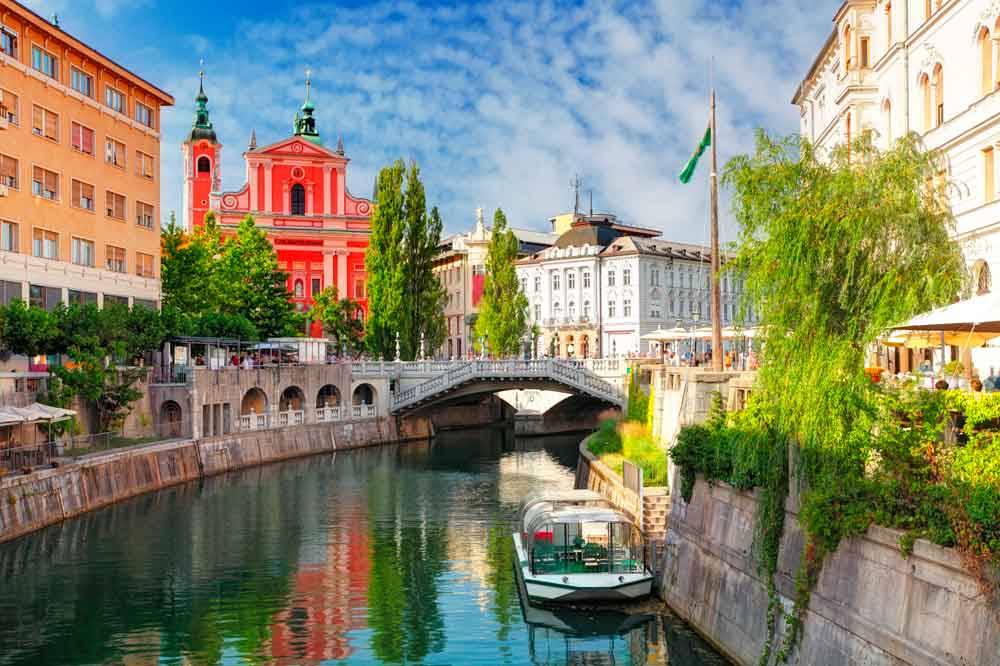
Situated at the middle of a trade route between the northern Adriatic Sea and the Danube region, it was the historical capital of Carniola,[8] a Slovene-inhabited part of the Habsburg Monarchy, and it has been the cultural, educational, economic, political, and administrative center of independent Slovenia since 1991.[5] Its central geographic location within Slovenia, transport connections, concentration of industry, scientific and research institutions, and cultural tradition are contributing factors to its leading position.
Pucisca, Croatia
The village of Pucisca became renowned across the globe when several influential internet portals proclaimed it to be one of the most wonderful small settlements in the world. Located on the island of Brac, Pucisca is virtually a promise of Adriatic region that it will provide a relaxing and fulfilling vacation to distant traveler.
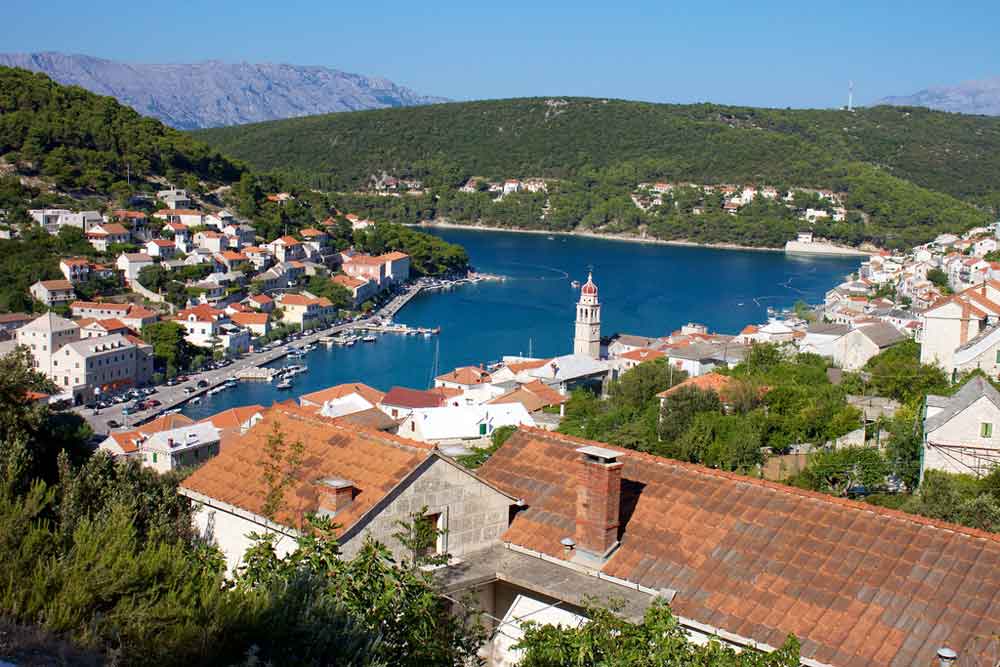
The size doesn’t matter in Pucisca’s case. Surrounded by peaceful valleys and isolated coves, It provides numerous options for swimming, sunbathing and scuba diving.
The village also features a 16th century Church of St. Jerome and traditional stone cutter workshop. Local urban infrastructure is more than sufficient, as Pucisca has a high number of restaurants, inns, café bars and disco areas. It also accepts large vessels in its harbor, and has good connections with the rest of Brac Island.
Beautiful Mountain of Vidova Gora, the Glagolitic Hermitage of Blaca and fascinating beach of Zlatni Rat are easily reachable by bus or rented car. No need to tell, Pucisca is also a place of gastronomic opportunities, known for its lamb dishes and olive oil of superb quality.
Castle Combe, England
Castle Combe is a village and civil parish in Wiltshire, England, about 5 miles (8 km) northwest of the town of Chippenham.
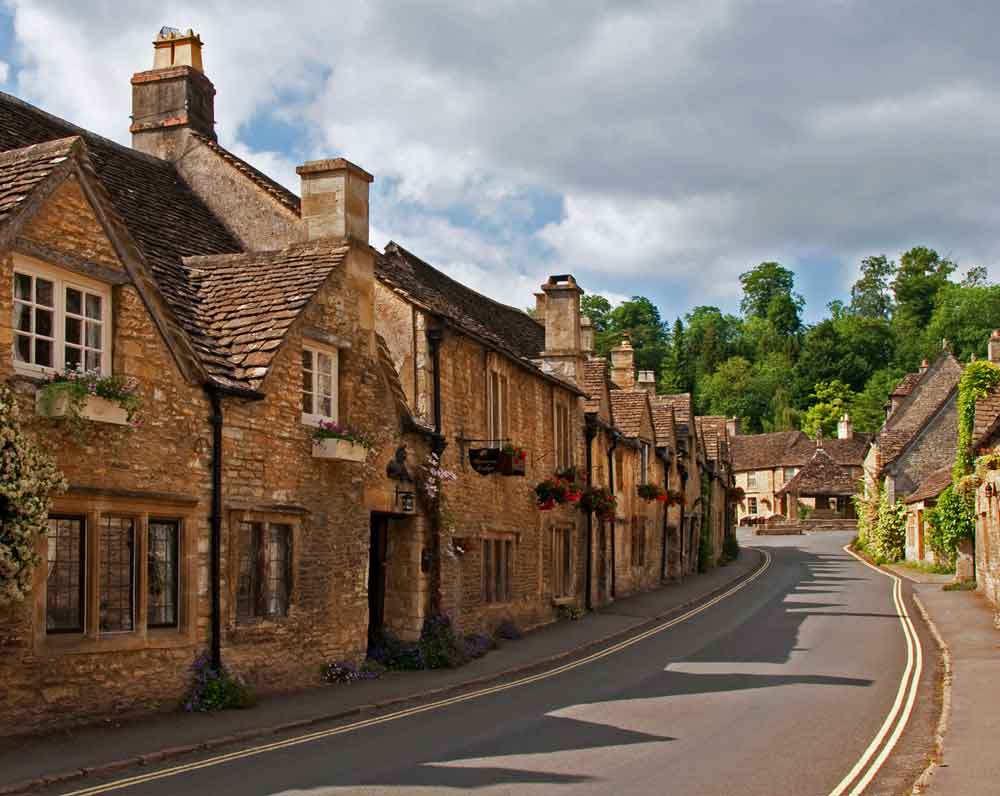
The village has two parts: one is in the narrow valley of the By Brook, while Upper Castle Combe is on higher ground to the east, on the B4039 road which links Chippenham with Chipping Sodbury. A motor racing circuit is to the south of the upper village.
Colmar, France
Colmar; is the third-largest commune of the Alsace region in north-eastern France. It is the seat of the prefecture of the Haut-Rhin department and the arrondissement of Colmar-Ribeauvillé.
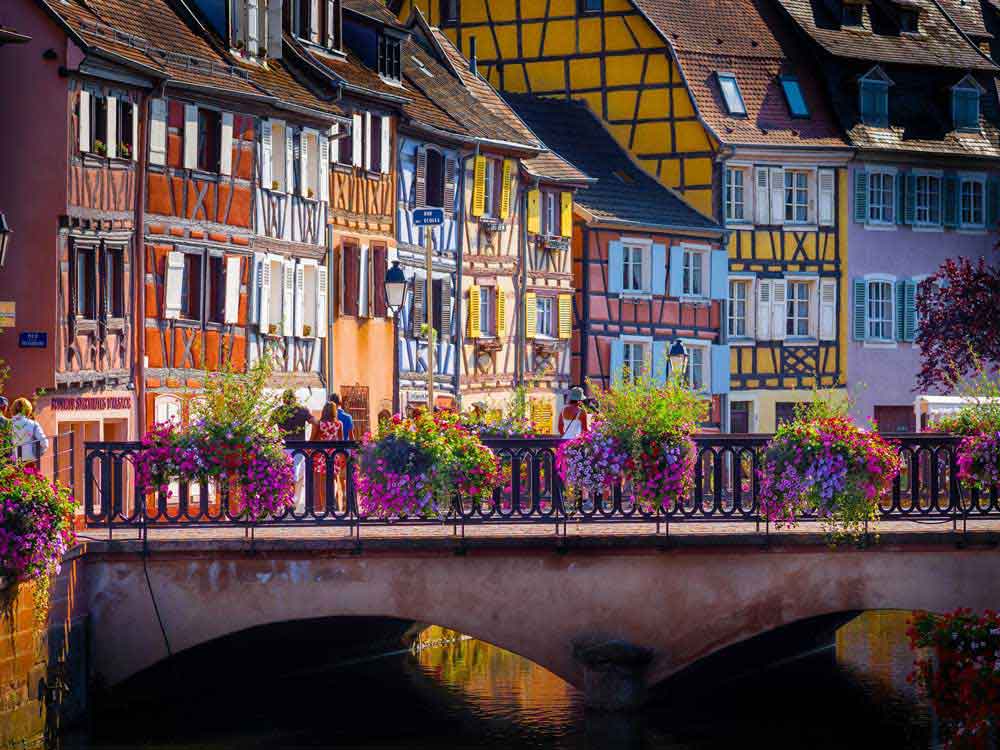
The town is situated on the Alsatian Wine Route and considers itself to be the "capital of Alsatian wine". The city is renowned for its well preserved old town, its numerous architectural landmarks and its museums.